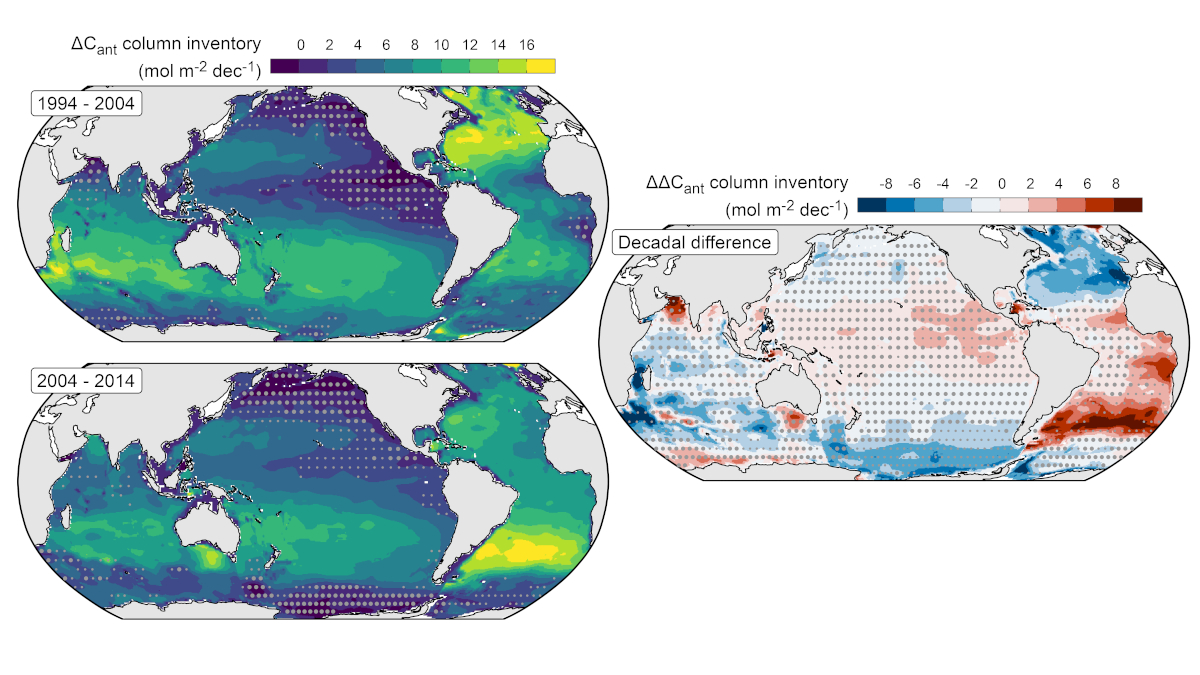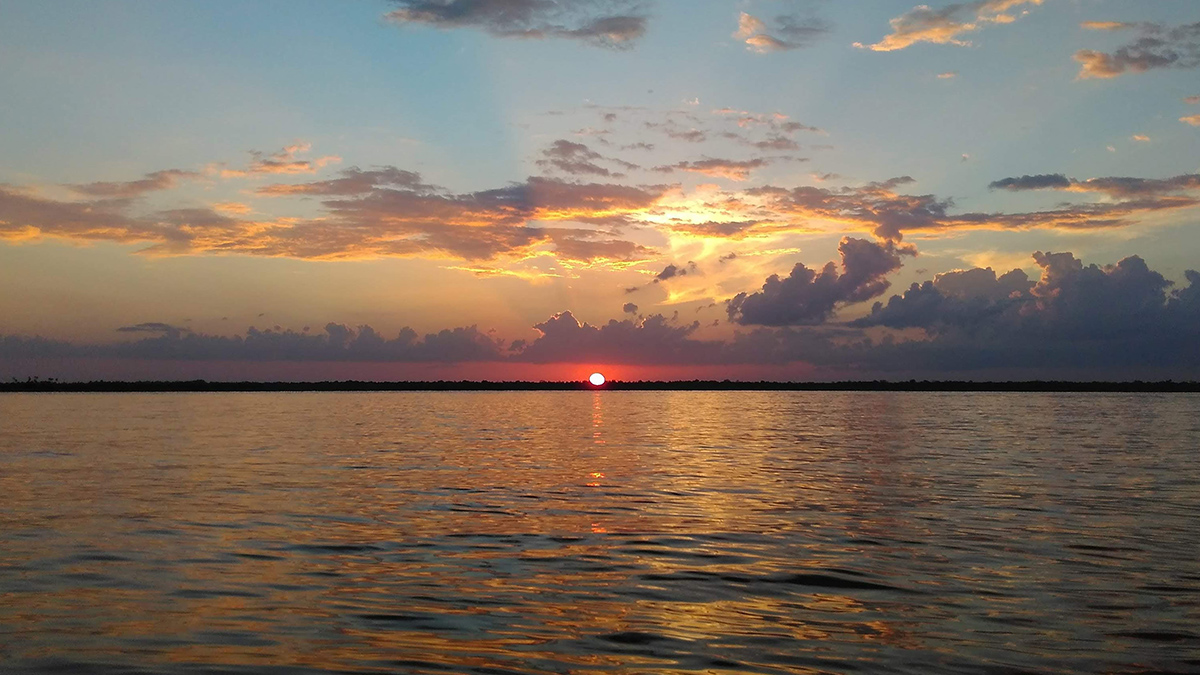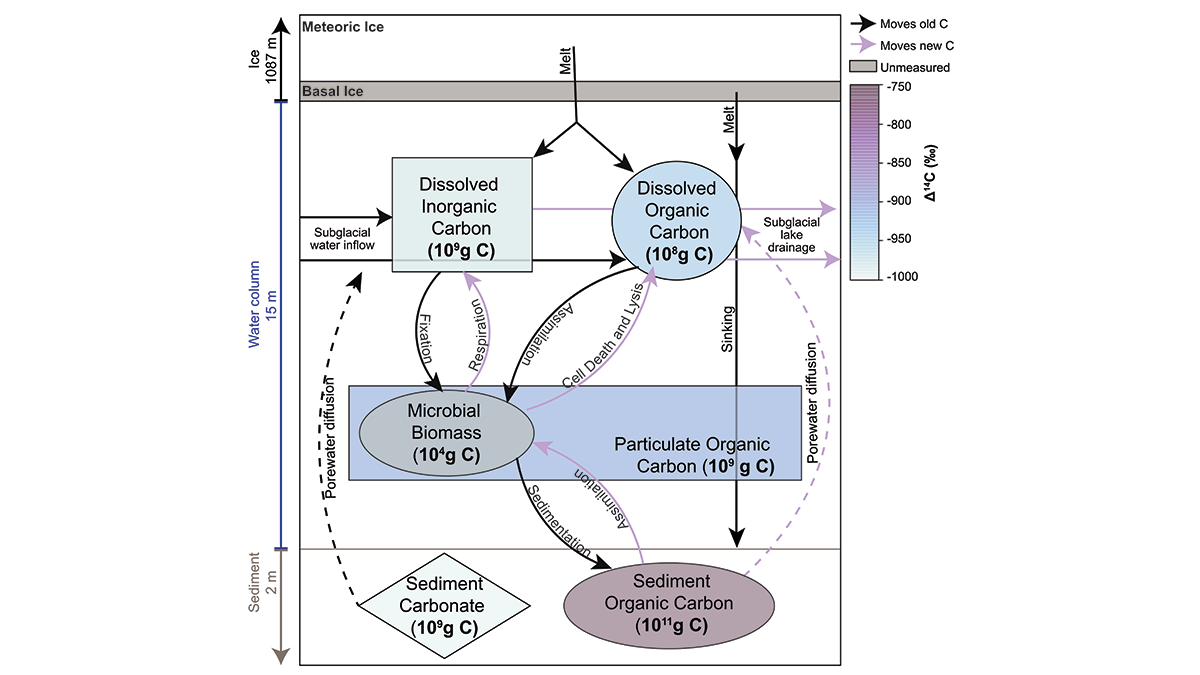Movement of carbon from land to ocean and atmosphere plays an important, but understudied, role in the global carbon cycle.
carbon
New Aerosol Model Better Represents Black Carbon Properties
An improved representation for black carbon microphysical and optical properties alleviates overestimations of aerosol absorption efficiency in global climate models.
How You Make Money Matters When It Comes to Carbon Emissions
Investment income is associated with more carbon emissions in the United States.
Our Evolving Understanding of Biological Carbon Export
The array of processes and organisms that make up the biological carbon pump has immense influence on Earth’s carbon cycle and climate. But there’s still much to learn about how the pump works.
Northern Ecosystems are Shaped by Snow
Changing climate in the Arctic leads to a shorter snow season but deeper snow in the depths of winter. Under the insulating snow, biological processes are accelerated leading to higher nutrient availability and carbon losses.
A Multidecadal View of Oceanic Storage of Anthropogenic Carbon
A decline in the ratio of ocean carbon accumulation to atmospheric carbon dioxide growth between 1994-2004 and 2004-2014 suggests a reduction in the sensitivity of the ocean carbon sink.
Biogeochemical Insights from a Major Amazonian River
Underrepresented in global carbon budgets, tropical rivers like Brazil’s Tocantins are in need of study to establish their baseline characteristics in the face of increasing global change.
Inductive Approach Reveals Controls on Dissolved Organic Carbon
Machine learning leverages large data sets to reveal hidden patterns explaining when, where, and why dissolved organic carbon moves from hillslopes to streams.
Clues from a Subglacial Lake for Holocene Grounding Line Change
Organic carbon sampled in the lake contained radiocarbon, indicating connection to the ocean in the mid-Holocene, when the grounding line was up to 260 kilometers inland of its current position.
Bio-Argo Floats Reveal Phytoplankton Increase at Ocean Fronts
Bio-Argo floats and satellite altimeter data reveal that upwelling caused by confluent flow on the warm side of ocean fronts increases phytoplankton carbon and chlorophyll.










